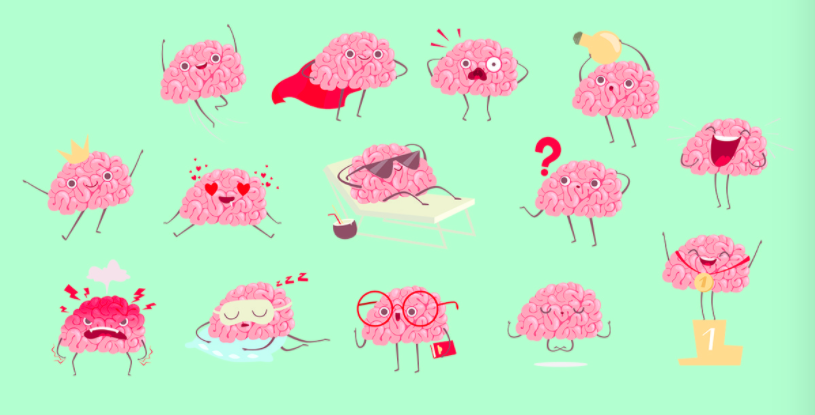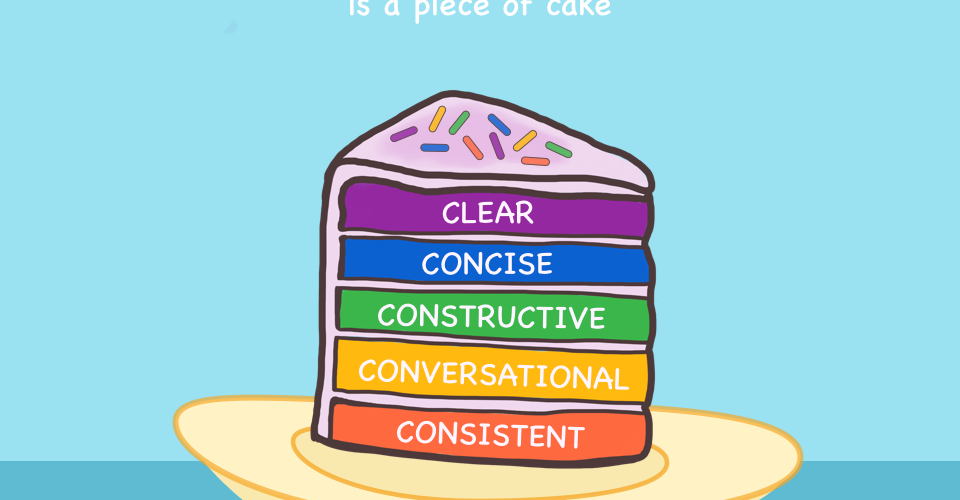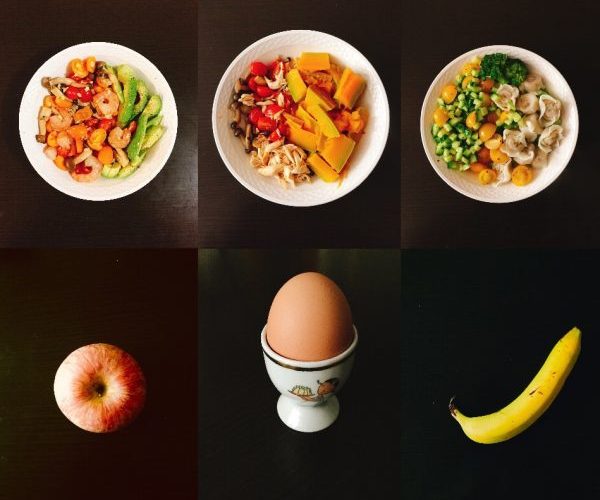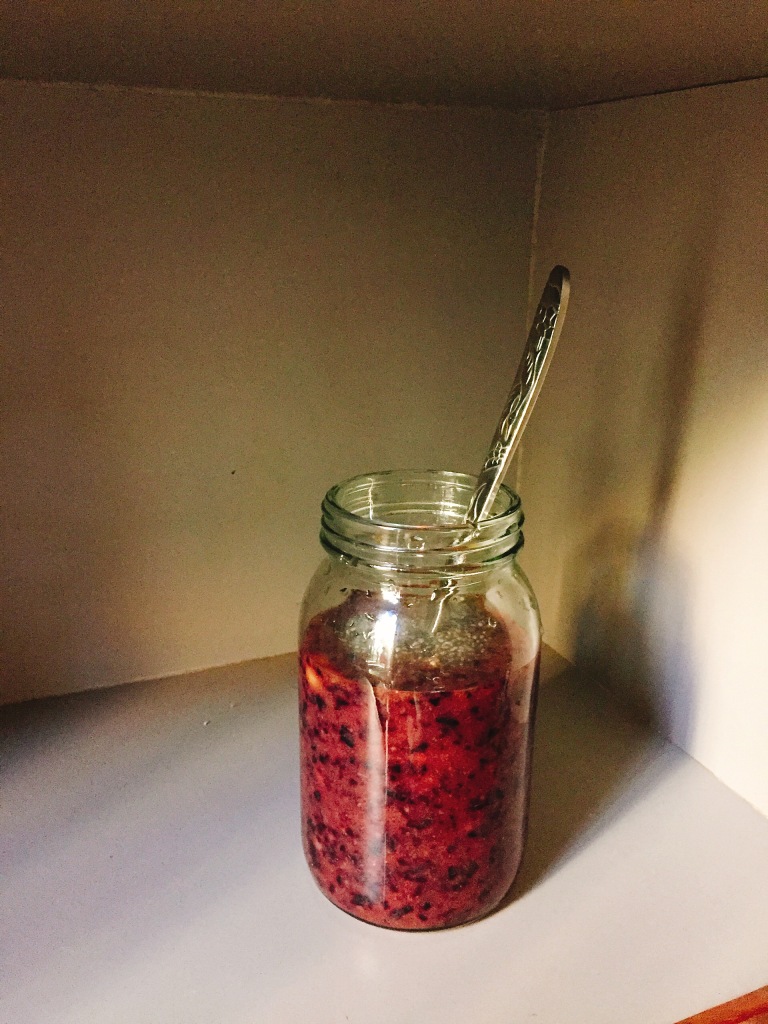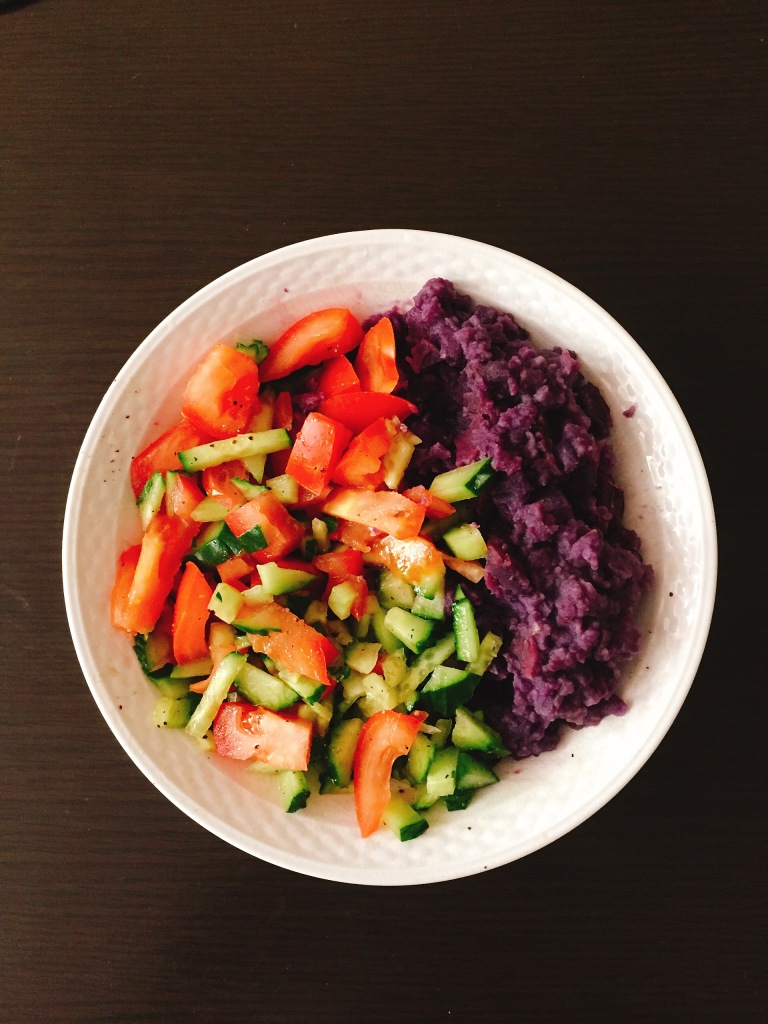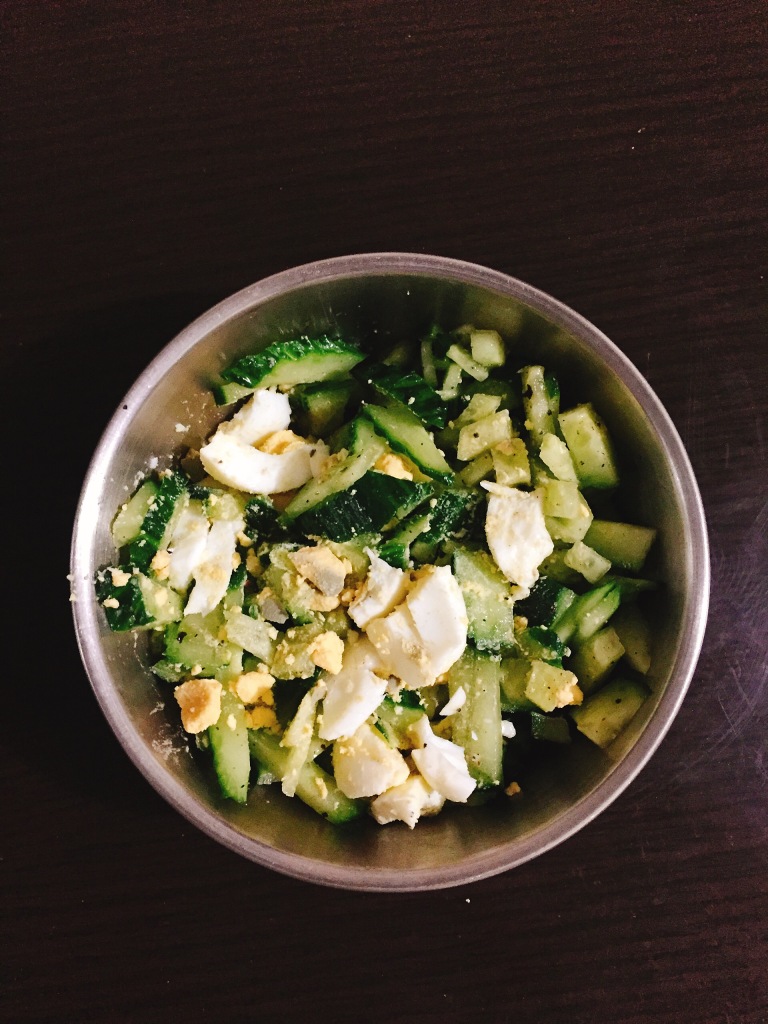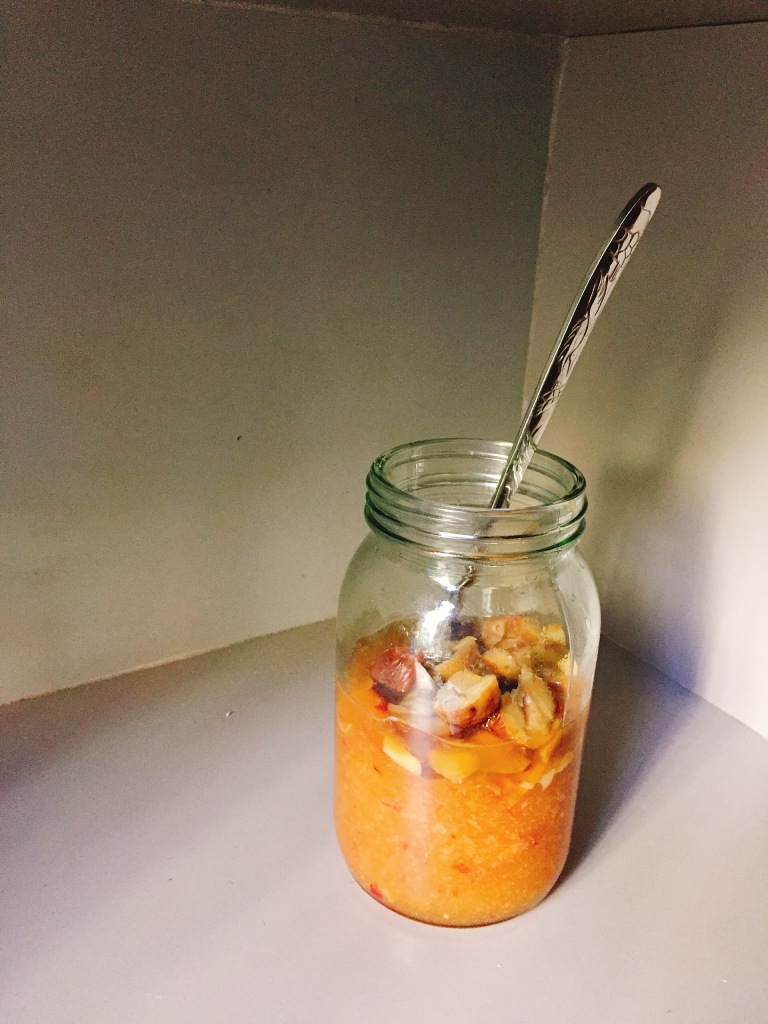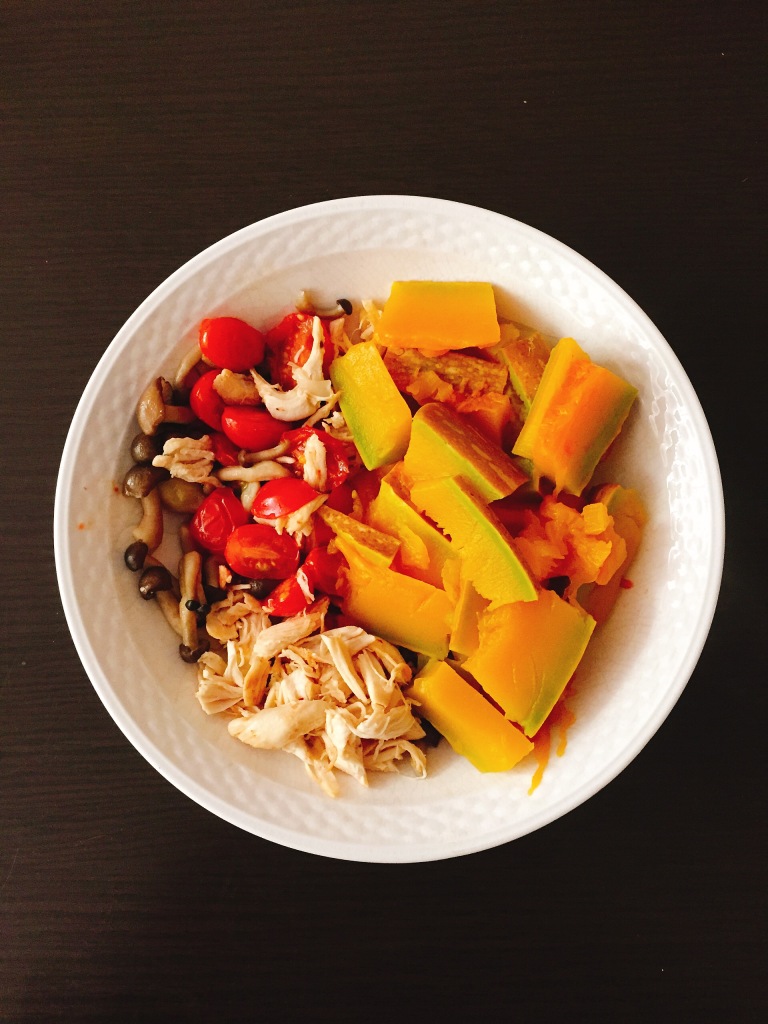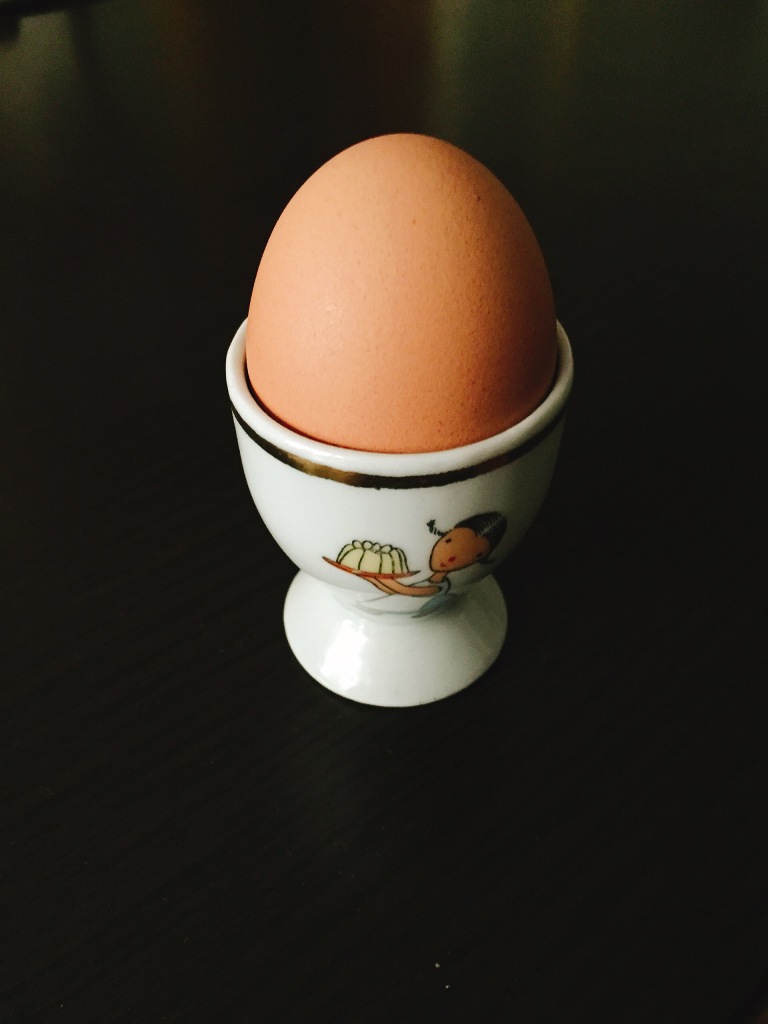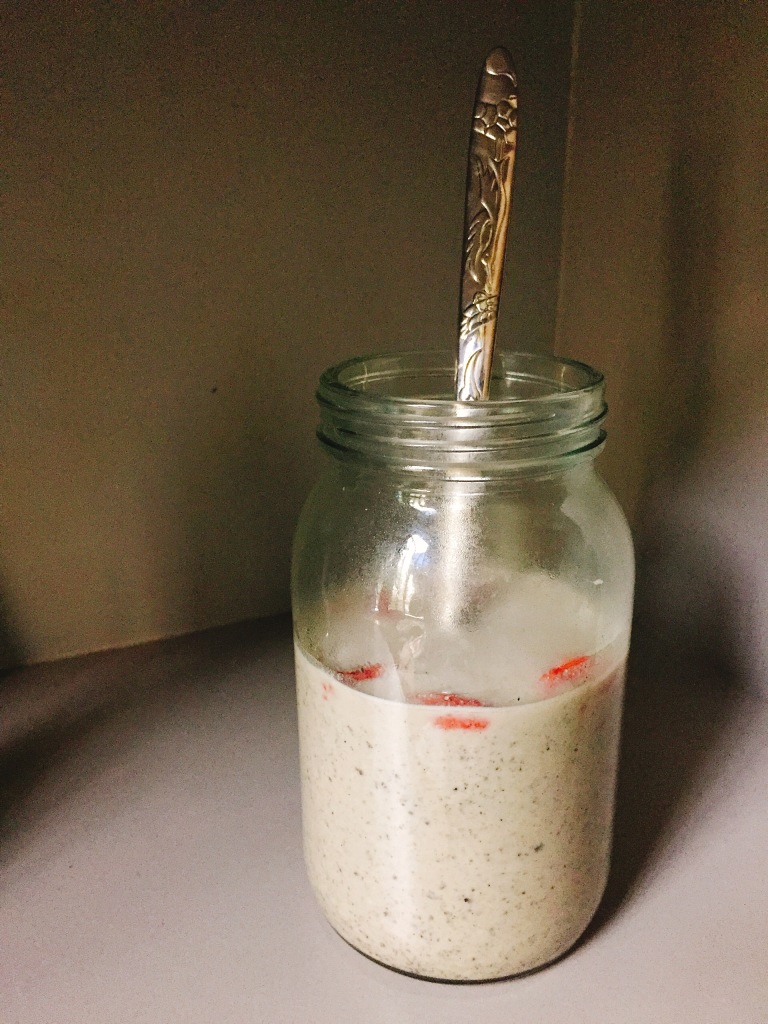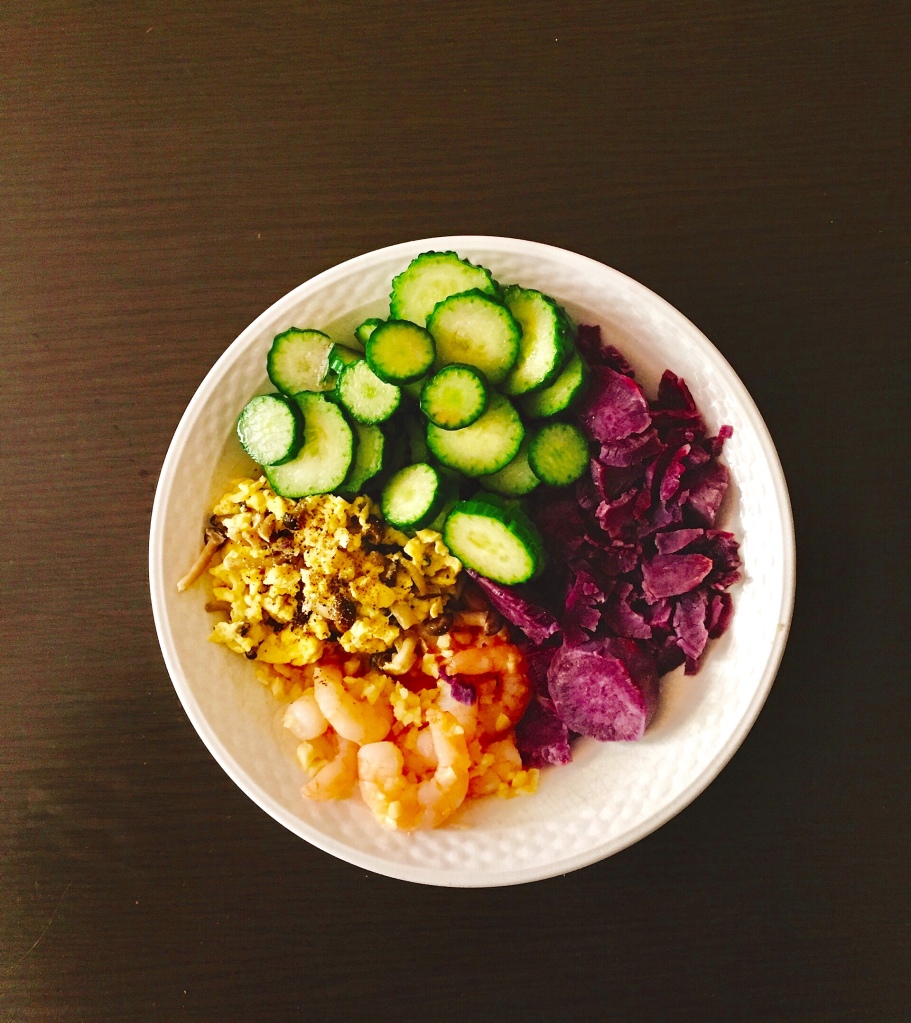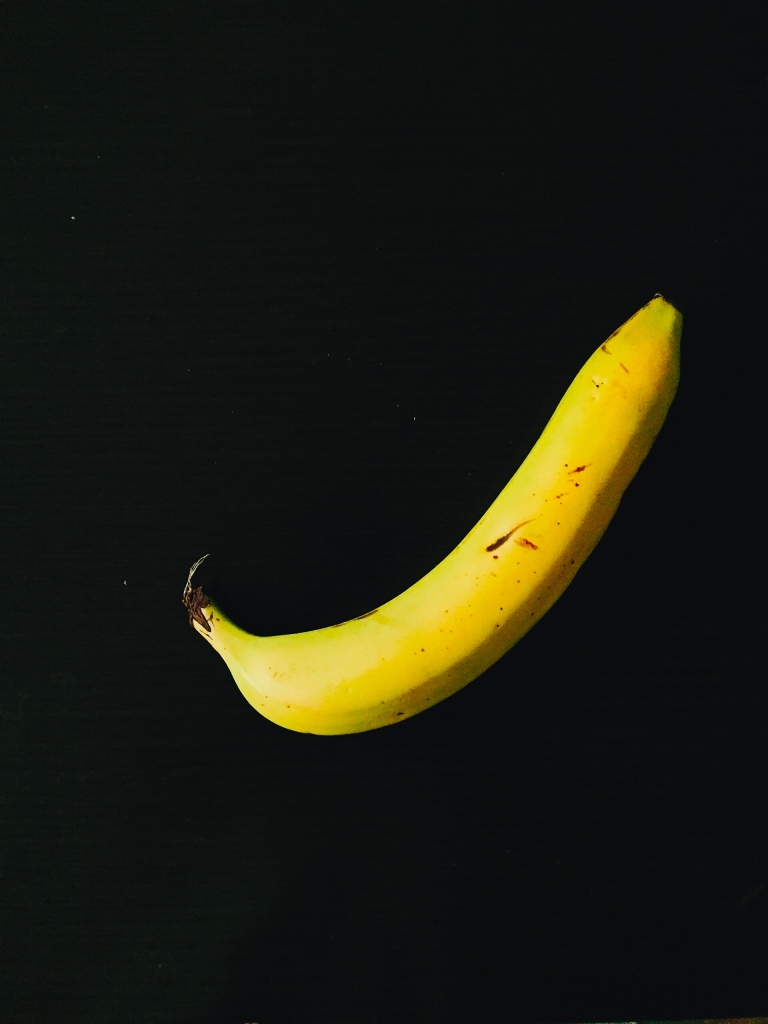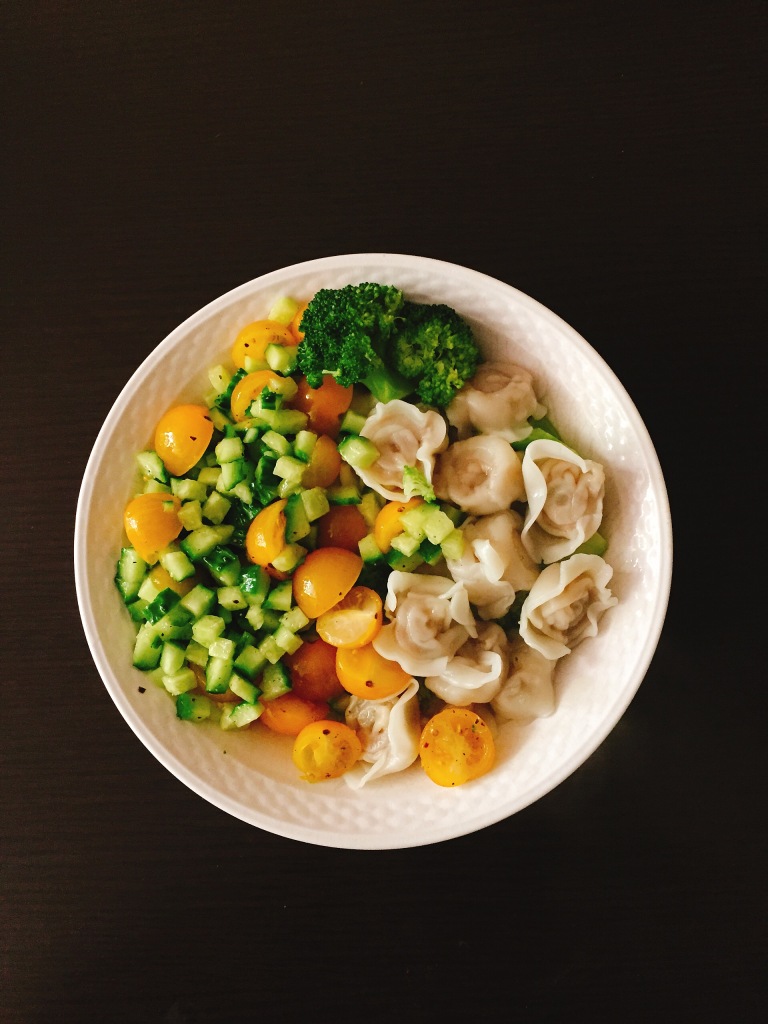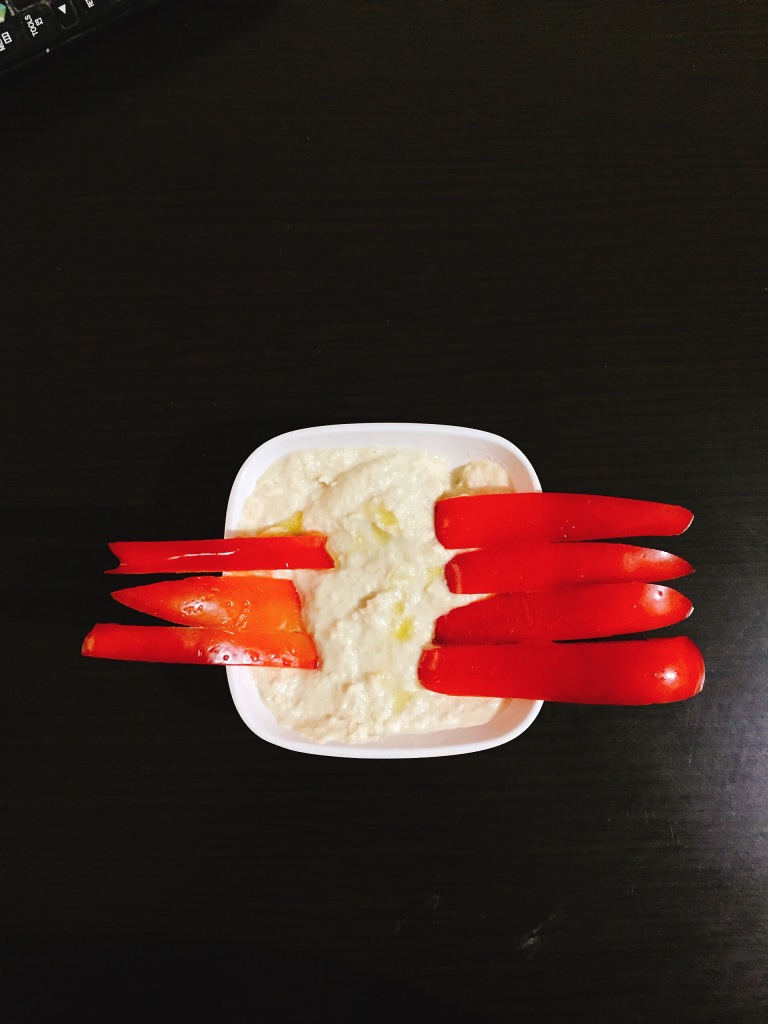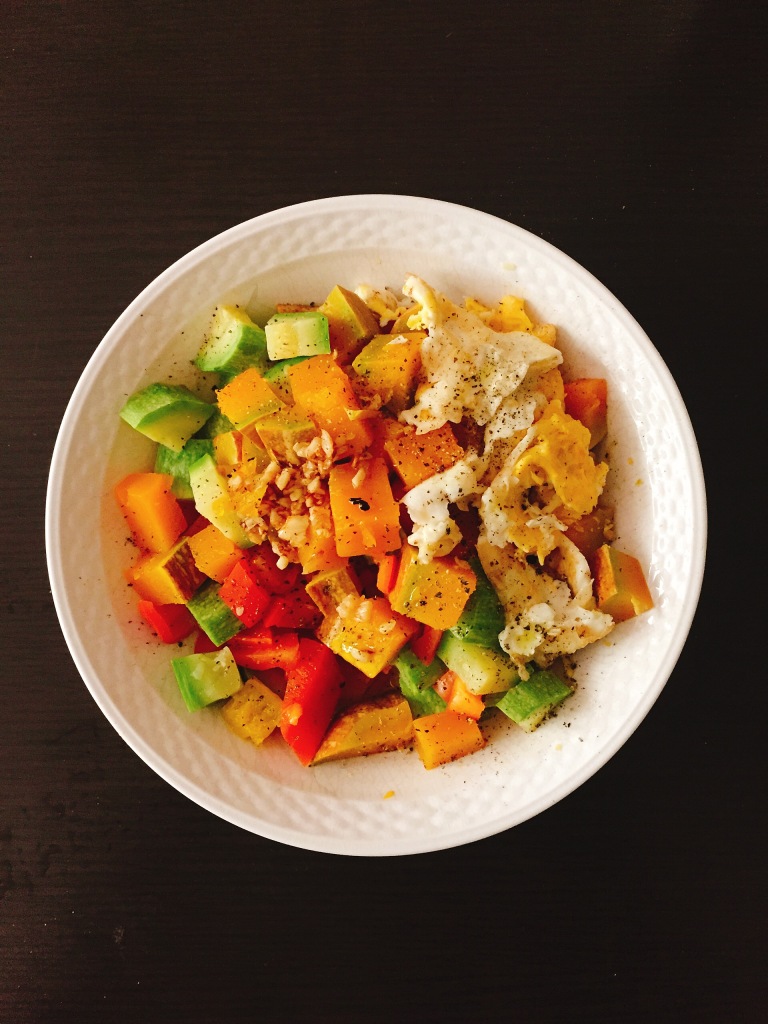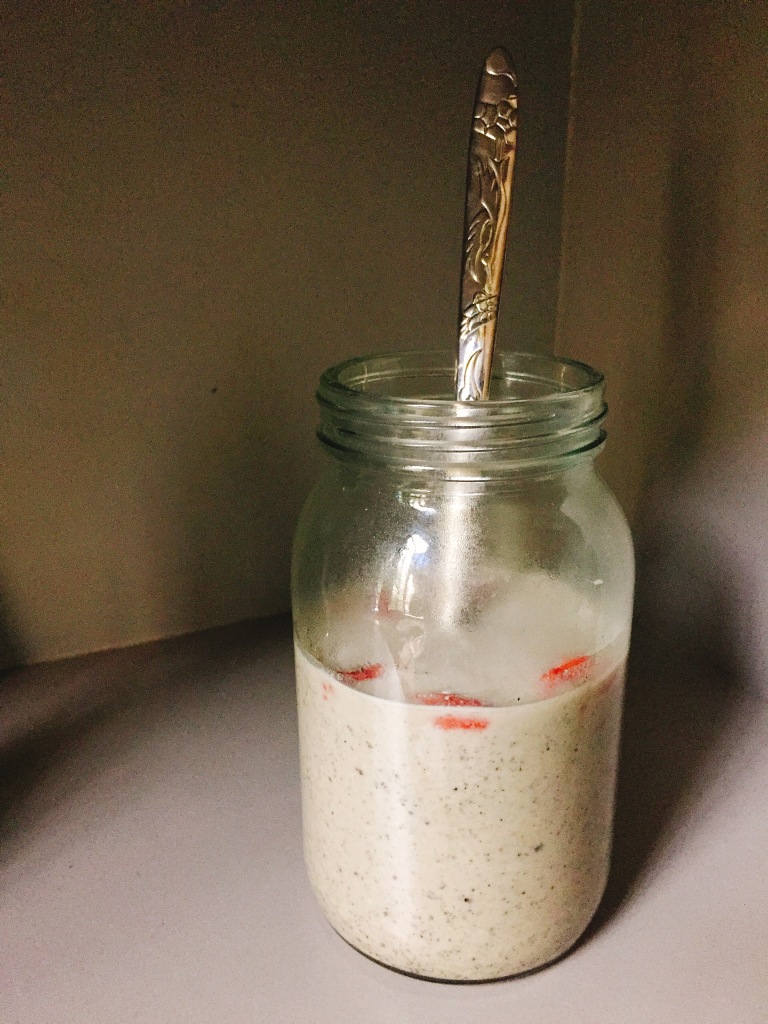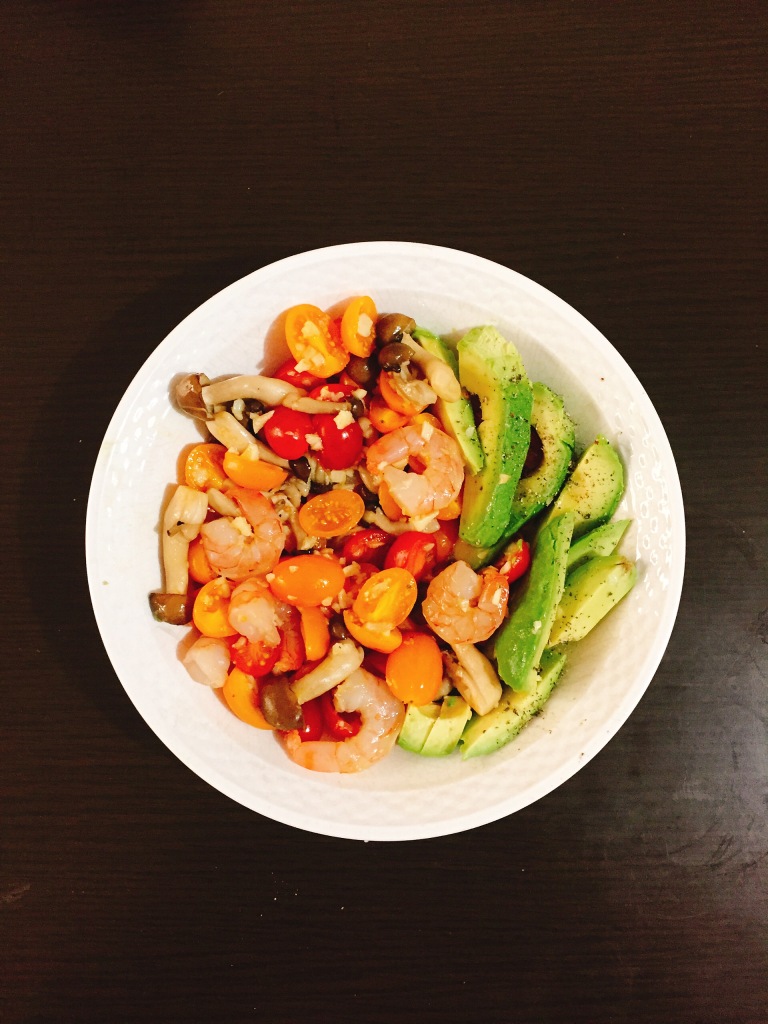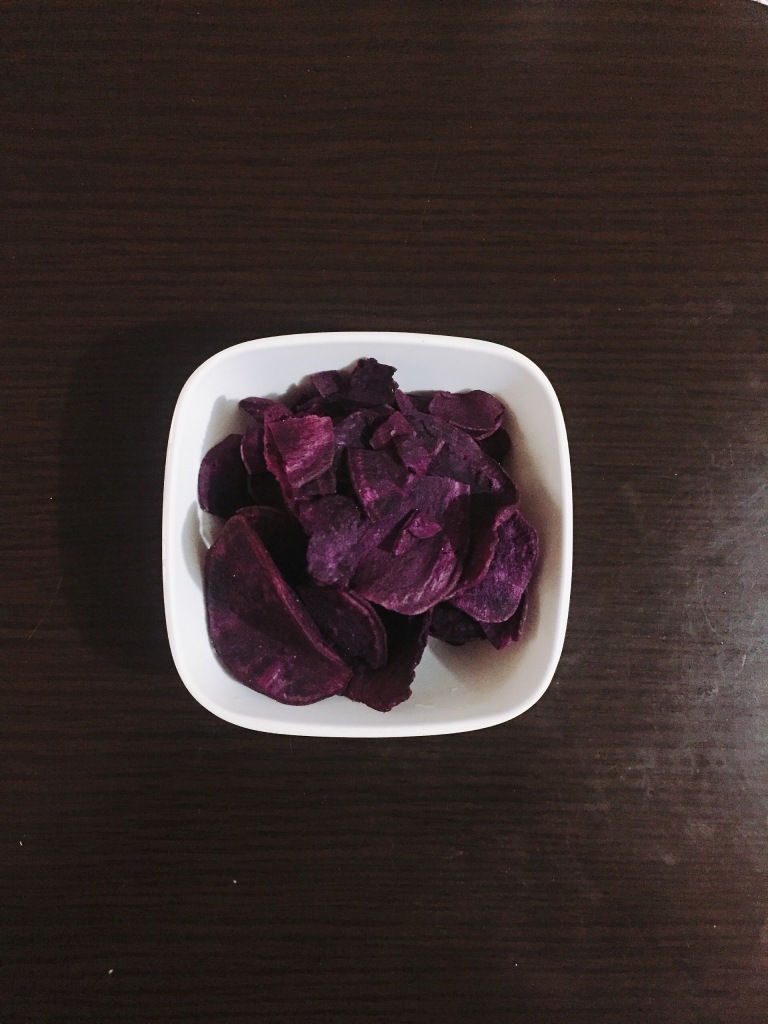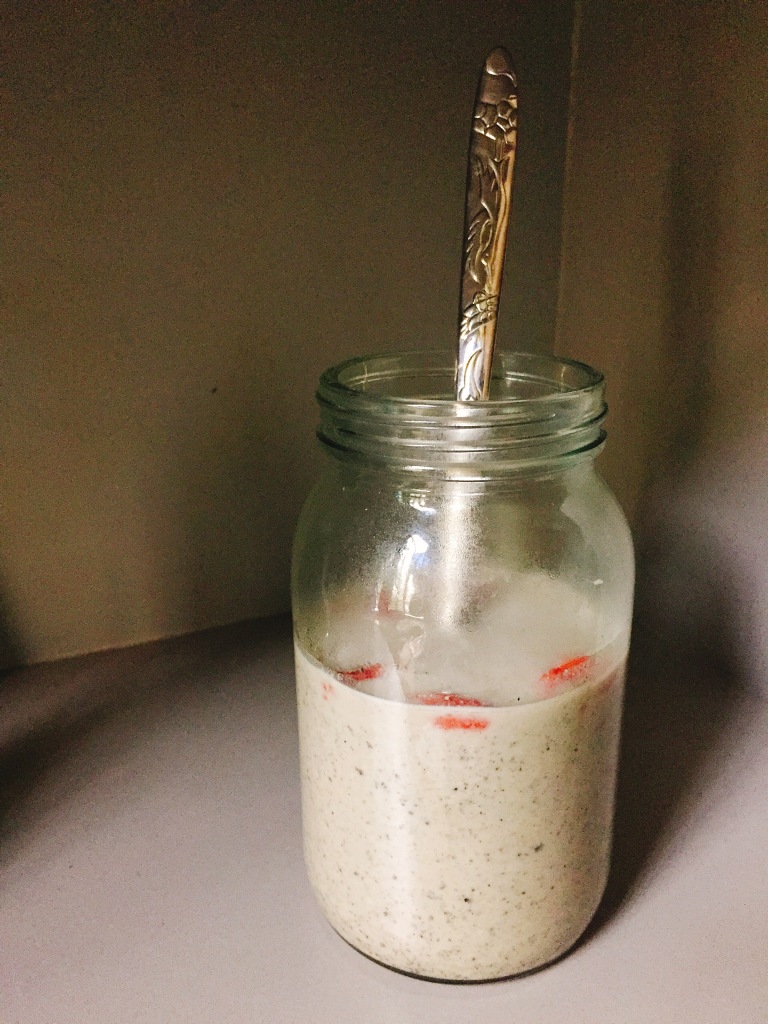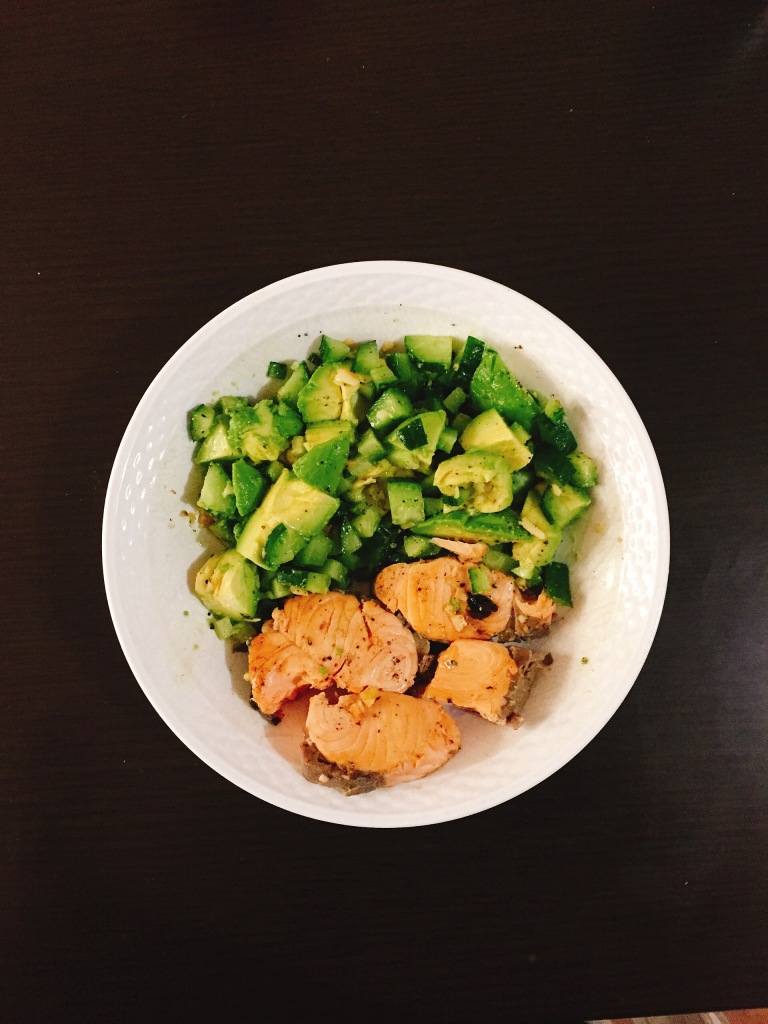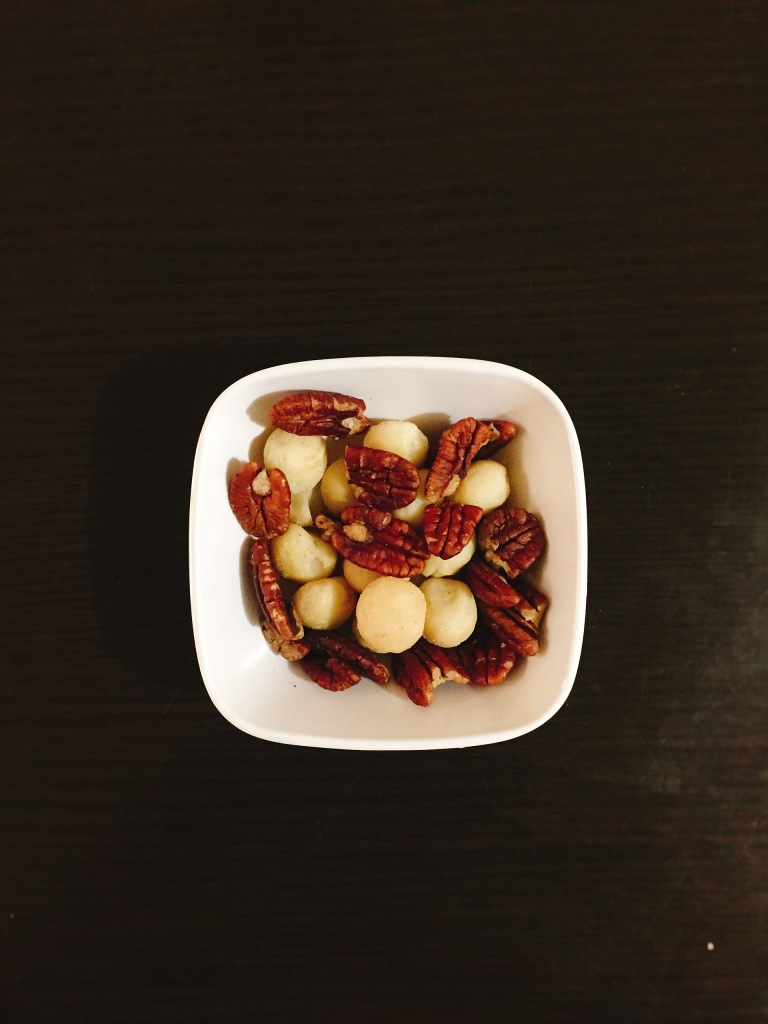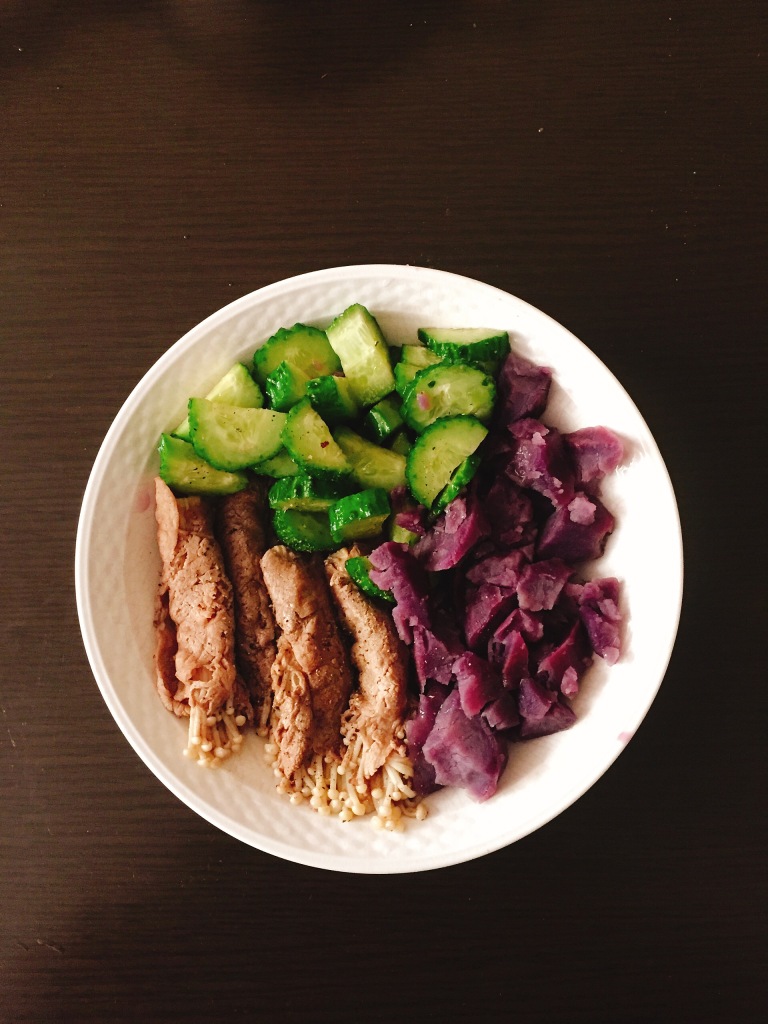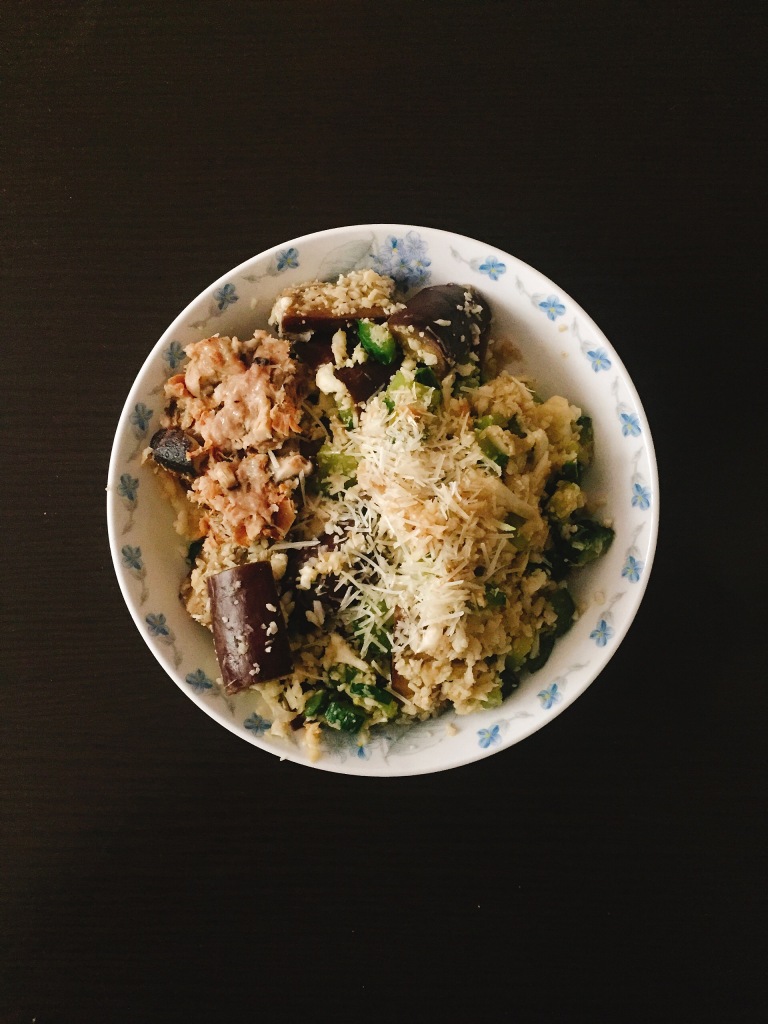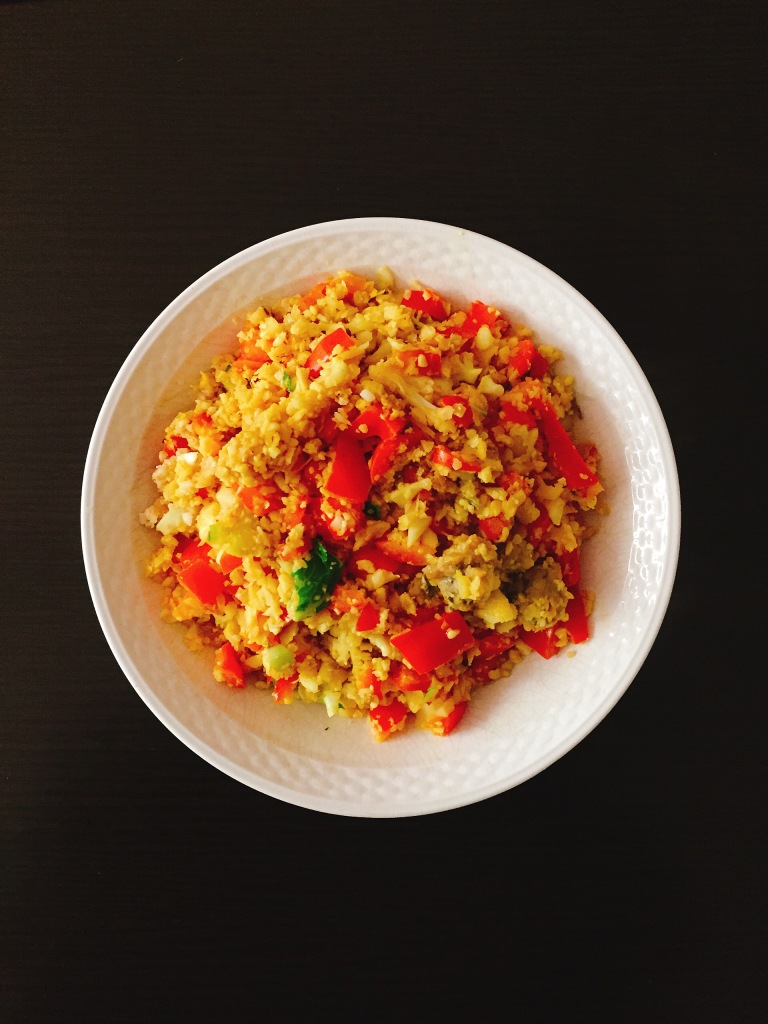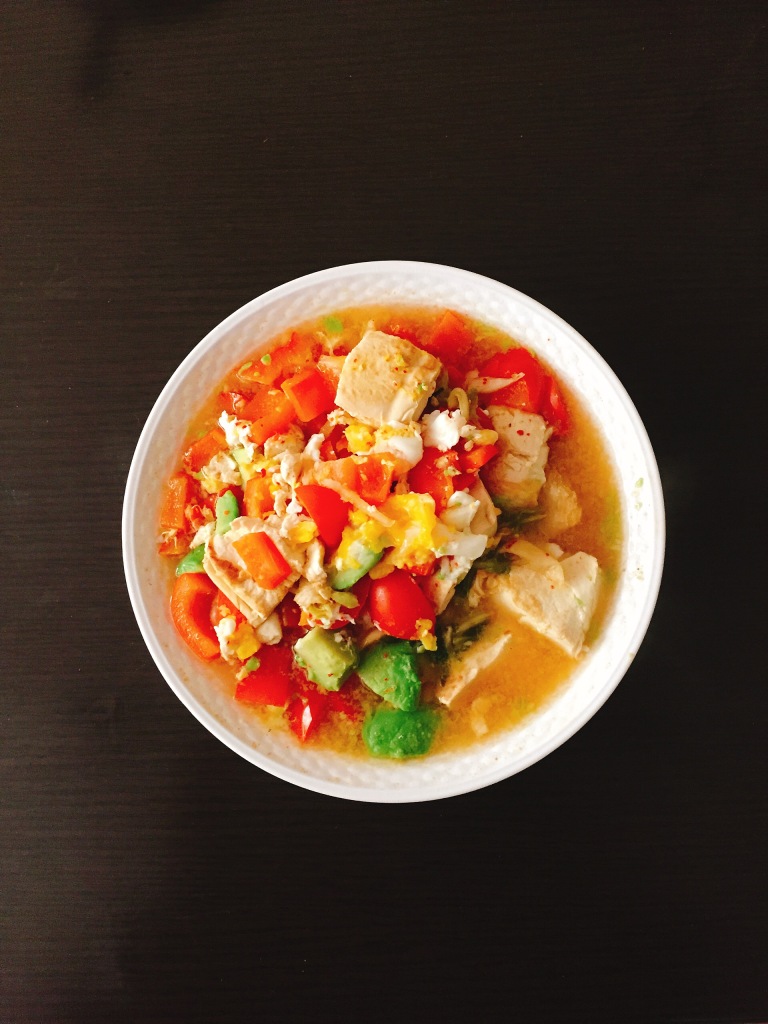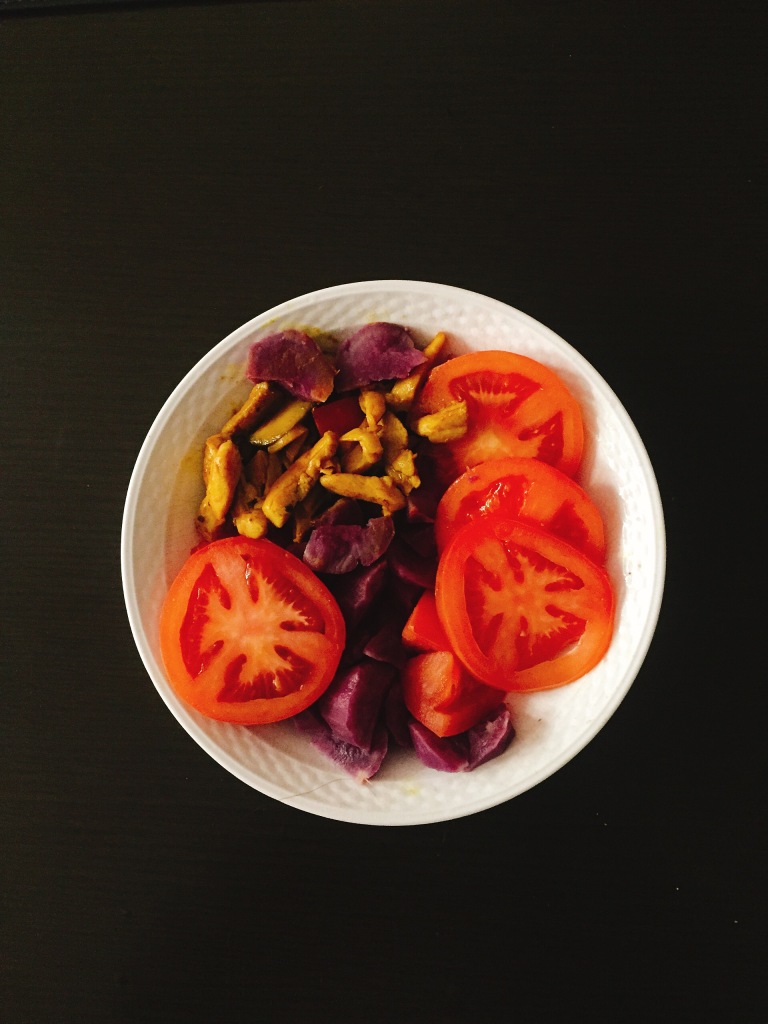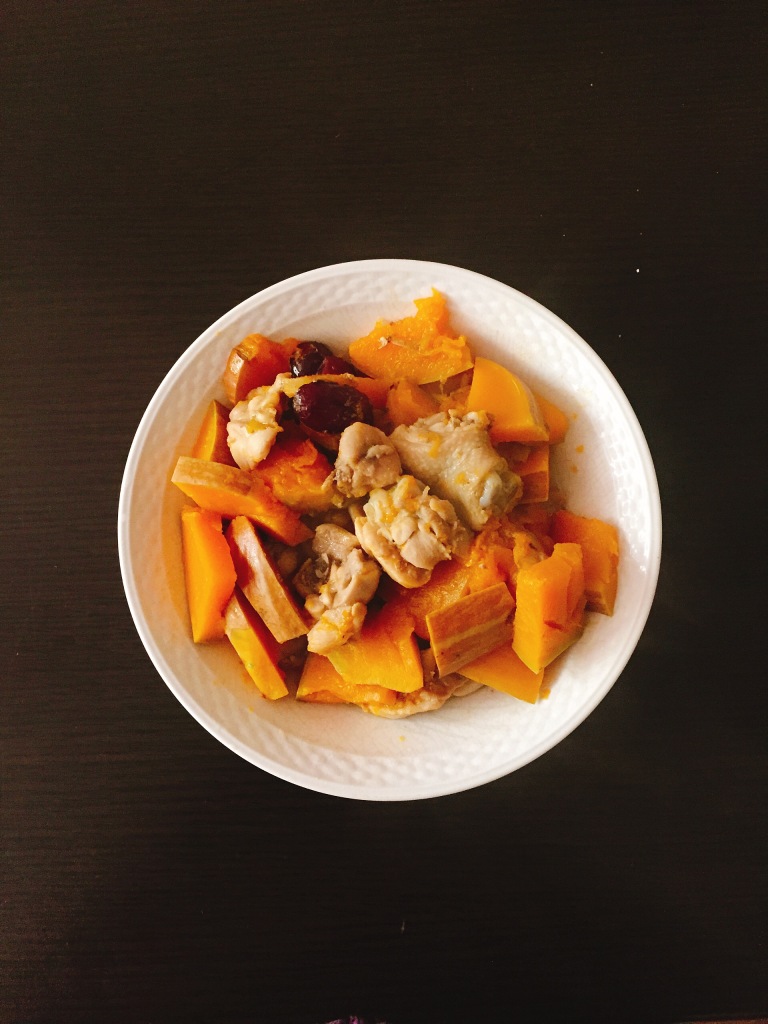This book helps you make better life decisions
How would you like to live your 2021? This book, Predictably Irrational, will give you new perspectives to make better decisions. We’re rational enough to make good decisions when we’re calm. But we’re often irrational and forget everything that makes sense when we’re emotionally unstable. For example, I tend to eat junk food when I’m hungry, tired, or moody. I feel hungry writing this.
Try not to make critical decisions when you’re emotional
The author Dan Ariely did some psychology experiments to show that we’re prone to making the wrong decisions when gripped by intense emotion. Being mindful all the time and aware of your emotion may help. When you feel stressed out, stop making any critical decision and imagine Micky Mouse dancing and saying “I feel stressed out” in front of you. Before and during my bloody period, I’ll see Micky Mouse dancing and singing “I feel emotional” in front of me.
We’re happier when we stop comparing
The truth of human nature is that we just can’t help comparing. When choosing 2 similarly attractive options, we should have considered the decision an easy one, to save the bad consequences of not deciding. This is what I’ve learned from the book Predictably Irrational. In this case, no need to make an optimal decision! The simple answer is to randomly choose one by flipping a coin. Yes, as simple as that. Either choice is good anyway. Save the unnecessary comparison and enjoy right away!
When we buy less, we compare less. When we compare less, we’re definitely happier without decision fatigue. So, make fewer decisions if possible. The truth of relativity is that a decoy makes the target more attractive. Watch out for the decoy when you’re buying.
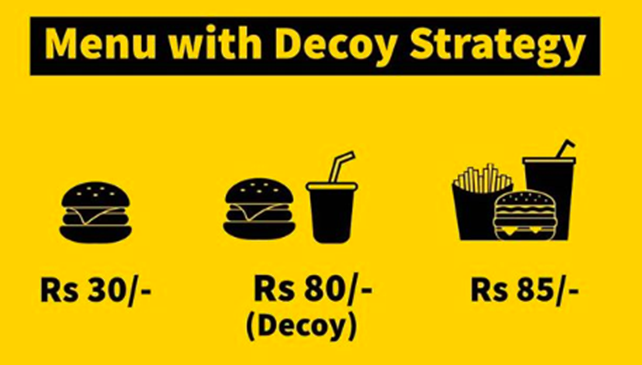

80/20 rule
The 80/20 rule is to identify inputs that are the most productive and make them the priority. “What we need is to consciously start closing small doors because they draw energy and commitment away from the doors should be left open,” said Dan Ariely. The key question is “What’s your 20% to focus on for a happy life?”. It’s easier to make a better choice when we’ve identified what we value the most and the 20% that gives the results. For example:
| 20% | – Health (healthy food, workout in nature, yoga and meditation) – Family & close friends |
| 80% | – Wealth (investment and jobs) – Growth (reading and doing new things) |
Once you’re clear about what’s important to you, it’s easy to measure what matters and avoid other distractions that steal your attention. I was greedy and I tried having multiple goals but I ended up not achieving all of them. Multitasking is not for me. I prefer to be more focused on the 20% that matters now, keeping life simple and free! Not greedy anymore. But still feeling hungry.
Happy reading!

